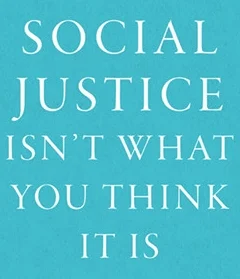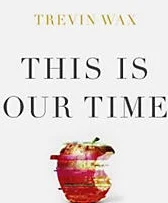Consider this video from the United Bible Society, which shows a people group in Indonesia getting the New Testament in their language for the first time. Compare their excitement over access to God's Word with our apathy despite the overflowing availability of it.
Choosing a Translation
There are so many versions of the Bible available right now that it can becomes confusing to figure out what you need. Here are some tips for choosing a version:
1. Find out which translation your local church uses in its regular worship services and Bible studies. If they are consistent, it may help to have the same translation as you worship.
2. Consider your reading ability. One of gifts of having multiple translations is that you can find a version of the Bible that is easiest for you to comprehend. This guide from the publisher, Cokesbury, may be helpful for your decision. Even if you aren’t sure what your reading level is, the guide will give you a relative understanding of the differences in difficulty.
3. Before you buy a Bible, go to www.Biblegateway.com and read the same passage in several versions. If you are familiar with a particular passage, you can compare between translations and get a feel for the language in it.
4. Ask one of the leaders in your local church for a recommendation if you aren’t sure. A good Bible can cost a significant amount of money, so ask your pastor or a trusted ministry leader what they recommend.
After you’ve picked a Bible, or if you’ve already got one, then the most important thing you can do with it is read it and begin to learn it. If you’ve read this far in this post, I’ll assume that you have a desire to read your Bible and are looking for ways to break down this monumental task into smaller chunks.
An Argument for Bible Reading Plans
Many contemporary Christians set annual goals of reading through the Bible each year. This can be a great practice for a number of reasons.
a. It exposes you to the whole counsel of God. It may take a year and you won’t remember all the details, but making it through Scripture will help shape your understanding of God if you work at it.
b. The practice of reading all of Scripture in a year ensures that, if completed, most days you will have spent time in God’s Word.
c. You will begin to see patterns, recurring themes, and connections in Scripture that you were not aware of. Reading the Bible helps you become a better Christian.
At the same time, simply going through the motions to move your bookmark 3 chapters each day or check of the day's box can become a form of legalism. It is important to find a reading plan that meets your commitment level, your ability, and the time resources you have available.
For example, a mother with several young children is going to find setting aside even 20 minutes a day for Bible reading exceedingly difficult on a consistent basis. Therefore, choose a Bible reading plan that keeps you moving, but doesn’t kill you.
It is also possible to skim through the Bible each day in a year and never latch on to anything. It is possible to read the Bible without getting anything from it. This is a danger with some of the 1 year plans. Find a reading plan that matches your reading ability and time commitment.
But by all means, please read the Bible.
Some Basic Reading Plans
Here are a few different Bible reading plans that are available for free online. I’m linking to a few of them here:
1. The simplest option is to read the Bible from cover to cover. In order to do this, you will need to read about three chapters each day every day.
2. Another option is to read through the Bible in chronological order. Our Bible doesn’t necessarily flow in a straight timeline from the first page to the last, so someone has put together a reading plan that puts the minor prophets (for example) in order and shifted Paul’s letters to the order that we believe he wrote them. If you are trying to understand the flow of the Old Testament history (for example), doing this reading plan may help.
3. For those looking some flexibility in their schedule, but who still want to get through the Bible in a year, a five day a week reading plan like this one will give you two catch up days in the week. This is an option that might appeal to busy professionals or parents.
4. Some may want or need to use a slower pace. For those who read a bit slower, there are plans that will walk you through the Bible in two years.
If you have never read through the Bible, I recommend that you start with one of these plans and get a broad sense of Scripture. Do this for a couple of years, then consider a more in depth study method or selective reading plan.
One example of a focused study method is the plan suggested by Joe Carter, writing for The Gospel Coalition. He suggests reading each book of the Bible twenty times straight through. This, he argues, will begin to change your worldview through Scripture saturation. His method is pretty simple:
1. Choose a book of the Bible.
2. Read it in its entirety.
3. Repeat step #2 twenty times.
4. Repeat this process for all books of the Bible.
I have not tried Joe's method myself, but it stands to reason it would be beneficial if simply because it would help the reader be very comfortable with the content of the Bible. Moving through all sixty-six books of Scripture would take some time, but at the end, I imagine the reader would have developed a depth of familiarity that would serve well for the remainder of life.
A Call for Gracious Persistence



























